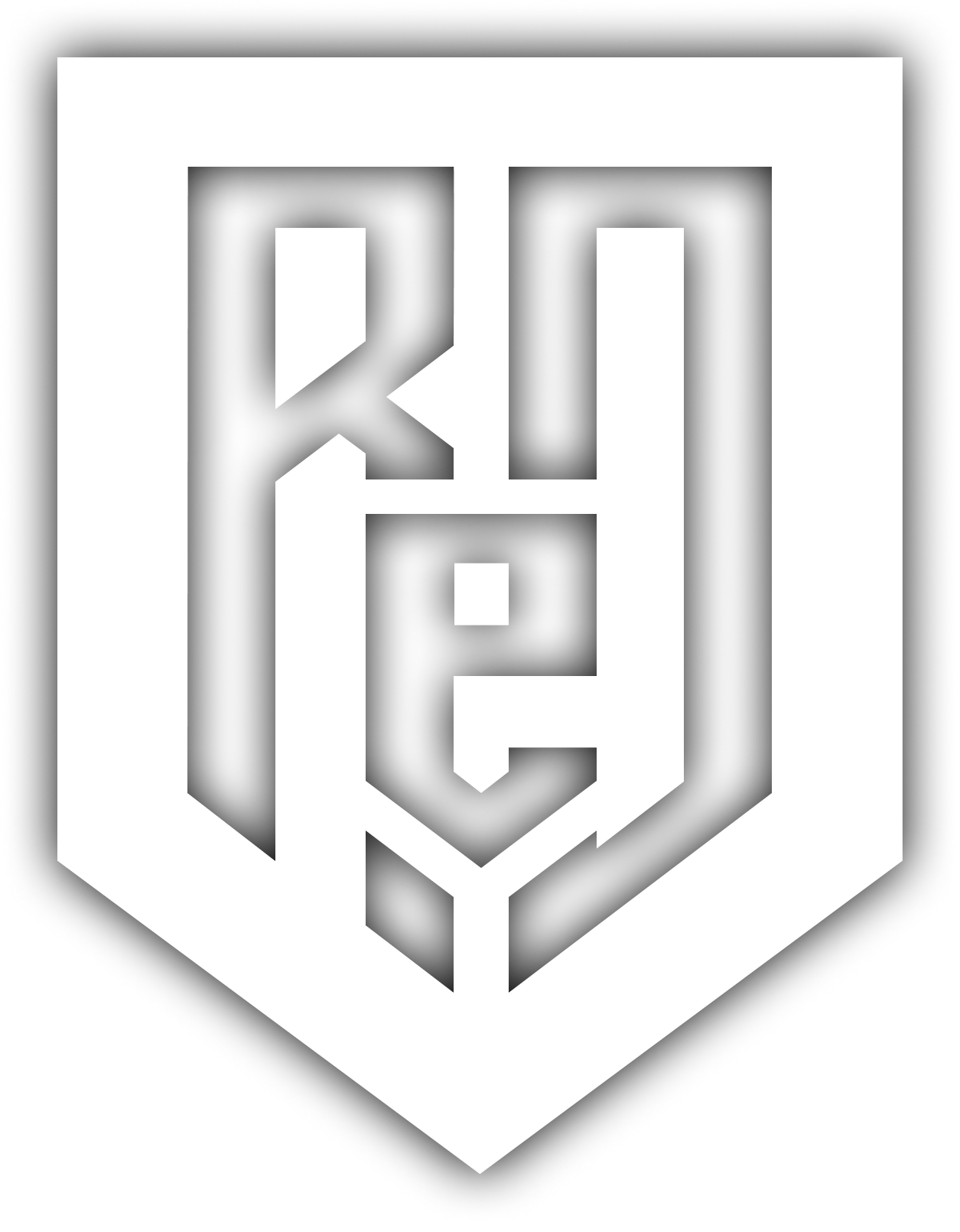MY PROCESSES
My desired process overlaps with other designers in the field. It’s what allows UI/UX designers to be flexible and adaptable in any application in which they’re currently working. However, over the years, I’ve made some personal changes through collaboration and in team leading that have proved very successful. Below I’ll breakdown how I like to approach UI/UX Design, and Art Direction.
UI/UX DESIGN
During my time on NBA LIVE, I helped establish processes to define best practices for collaboration between stakeholders, designers, and UI/UX teams throughout the game’s lifecycle. While I aim to apply this process consistently, it must also adapt to the complexity, scope, and delivery timelines of each feature. The foundation of this approach is thorough research. Analyzing competitors, adjacent genres, and comparable experiences provides valuable insights for shaping architecture and user journeys. Equally—if not more—important is engaging with the community through usability testing and interviews to identify areas where players feel frustrated, satisfied, or engaged.
With these insights, we can move into discussions to align stakeholder and designer needs, followed by wireframing and prototyping to bring the vision to life. Throughout my time as UI/UX Designer across NBA LIVE, MADDEN NFL, SMITE 2, and collaborating on many other projects, there are some additional steps I’ve defined as additional steps into my UX process.
These 3 core changes became critical to the success of a deliverable through open communication and can be applied to any team. I used these same principles while leading the Madden NFL Live Service Art team.
1
OPEN MEETING ROOMS
The purpose of open meeting rooms in platforms like Zoom, Slack, Discord, or other preferred meeting software is to maximize opportunities for collaboration.
This approach is particularly valuable—and often essential—for remote team members, who may otherwise have limited interaction with the broader development team outside of scheduled meetings. Open rooms facilitate more organic collaboration and help remote team members build stronger connections with colleagues, fostering a more integrated and cohesive team environment.
2
DEDICATED SLACK CHANNELS
Establishing dedicated Slack channels for designs, events, or specific content types ensures more focused communication. While open forums provide visibility, they also increase the risk of missing important discussions, updates, or changes. With dedicated channels, conversations remain organized and relevant to the specific topic, enhancing clarity and maintaining momentum throughout the design process. Additionally, this approach minimizes the need for unnecessary meetings, as discussions can be efficiently managed within Slack.
3
HAND-OFF REVIEWS
Lastly, I recommend the inclusion of Hand-Off Review meetings. The necessity of these meetings depends on the scope and priority of the design. Larger or more complex features may require all the meetings outlined below, while smaller or routine designs might only need brief, informal discussions to achieve the same objectives. The primary purpose of these meetings is to ensure alignment is maintained during key transition phases of the development process.
These meetings differ from daily syncs, which are valuable but do not provide the same level of detail or alignment needed during hand-offs. A detailed breakdown of the proposed meetings is provided below.
ART DIRECTION
In my team as the Art/Team Lead for the Madden Live Services Art Team was the most rewarding moment of my career as I led a team of 10 artists. These artists were from different generations, and each had their own unique art styles. Their success was my highest priority, because I wanted to invest in them, as individuals not just artists. Every artist is their own worst critic, and helping them understand the value of their work, and their opinions carry weight helped to elevate their work and self-esteem in an industry filled with thousands of talented artists.
Throughout our time together, every team member built a rapport and respect for one another that allowed all of us to openly collaborate and offer support every day. Additionally, making myself available throughout the workday, regardless of discussion meant the knew I was able to support with whatever they needed. This partnership between the team and I allowed to run the first full-team discussion of the upcoming year’s art direction. Previously, this was a duty solely handled by the Art Lead, but for Madden NFL 23, I ran an all-day meeting in which the entire art team played a major role in determining the art direction of each program for the upcoming cycle. This created a beautiful collaboration and synergy between the team where we all supported and invested in each other’s designs and concepts. This helped to identify artists and which programs they wanted to take point on because of the personal investment they had the program they helped design from concept. The Madden NFL 23 visual design in MUT was the best artwork the team had ever produced, and I’m proud of everything that team accomplished.
Invest in your team beyond their duties, and they will invest in themselves. They aren’t machines, they’re people and being there for them means more then you could ever imagine.
